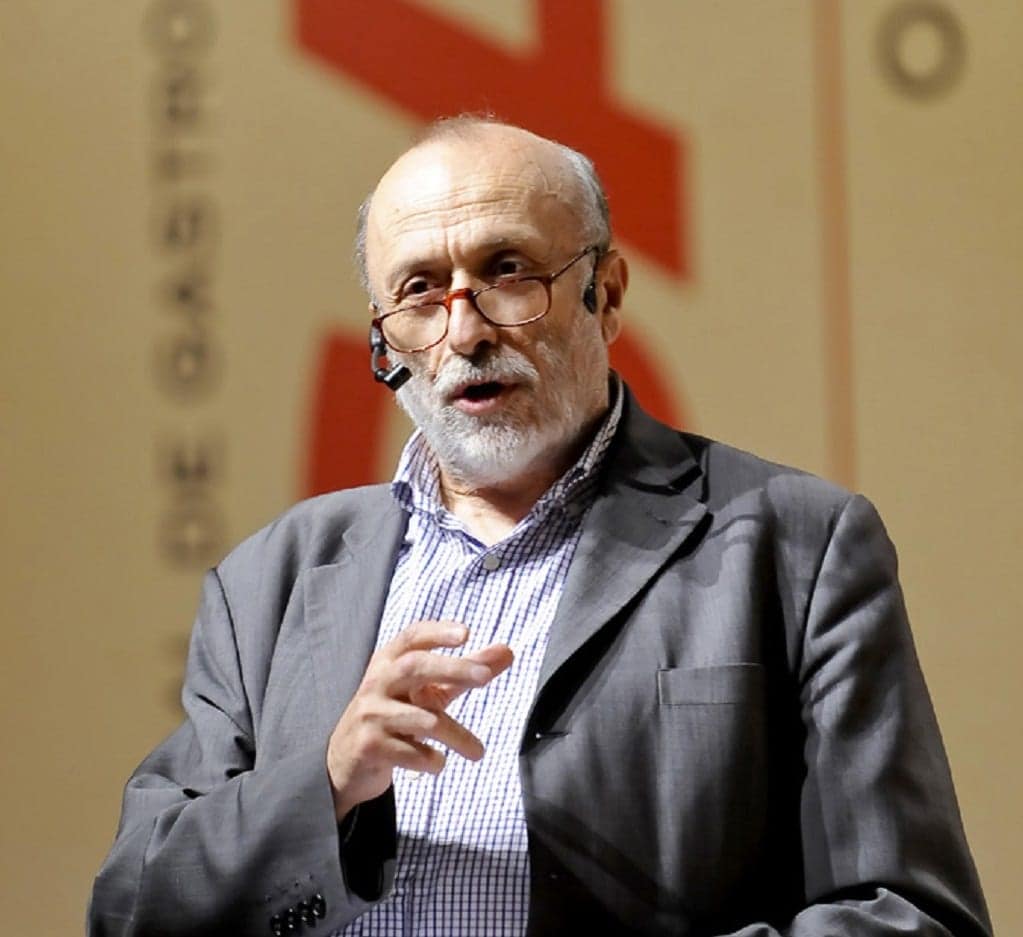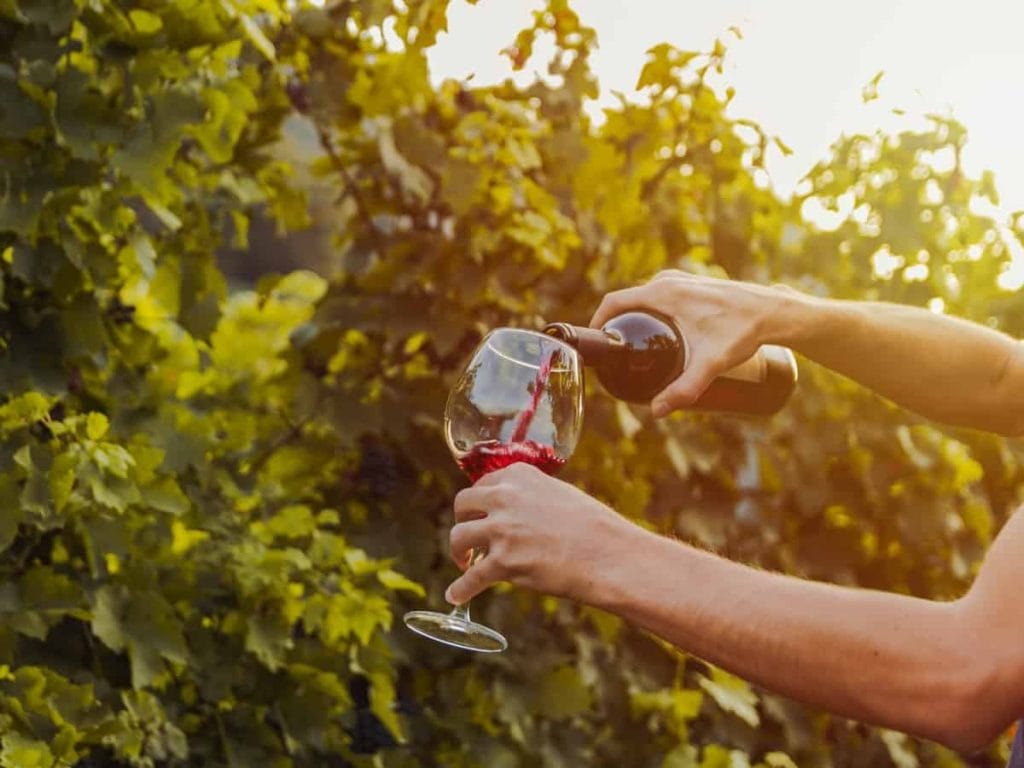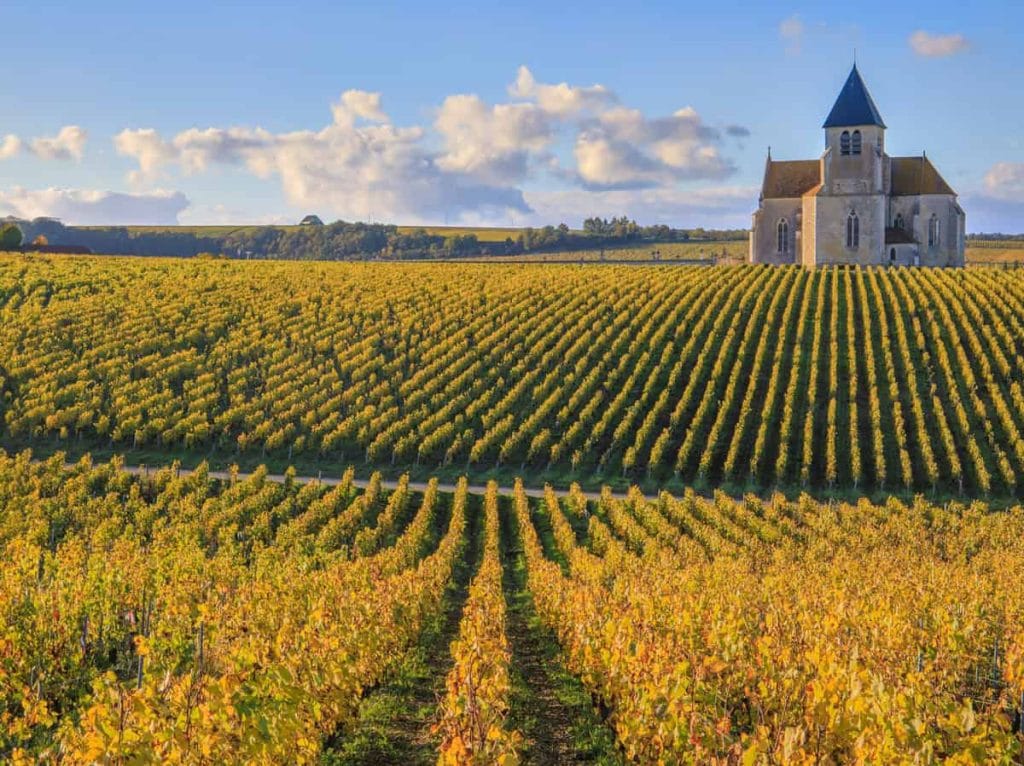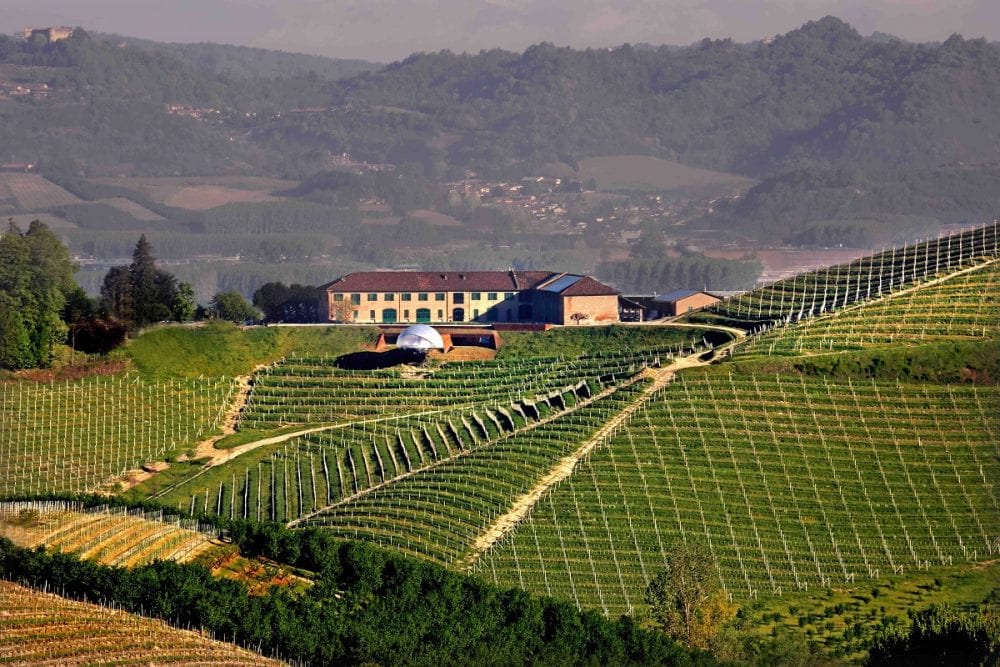The misunderstanding is fundamental: in our area, people speak of Bordeaux as if it were a confined territory, like Montalcino, Bolgheri, or the Langhe. Even Carlo Petrini, founder of Slow Food, falls into this misconception when he presents apocalyptic visions about the future of the Barolo lands, which he suggests might face a speculative bubble burst similar to that affecting the Gironde region. The truth is that, if we were to draw a comparison between Piemonte’s wine jewel and Bordeaux, we could only do so with specific premier areas, like Pauillac, Saint Julien, Saint Estephe, and Margaux in the Medoc, or Saint Emilion and Pomerol on the right bank. These are small enclaves in a massive wine galaxy: less than 10,000 hectares compared to the nearly 100,000 of Bordeaux as a whole. For perspective, Piemonte’s vineyard area just exceeds 45,000 hectares, while the Langhe barely reaches 5,000 with Nebbiolo, Barbera, Dolcetto, and other grape varieties combined.

Carlo Petrini. Photo di Tadeu Brunelli
Note: the crisis does not affect all of Bordeaux
The removal of vineyards is an extreme measure being applied only in lesser areas where generic Bordeaux or, at best, wines from less prestigious appellations like Entre-Deux-Mers are produced. According to Wine Searcher, many wineries that were purchased a few years ago are now abandoned or being auctioned off. In the premium territories mentioned, however, the crisis still seems distant: vineyard prices per hectare remain stable according to data from Vineyards Bordeaux, a site that monitors vineyard situations in the Gironde. Prices range from 350,000 euros for less favored plots in Saint Emilion and Saint Estephe to two million in Pomerol and three million in Pauillac, where vineyards often exceed 50 hectares. Such figures allow owners of Chateau Grand Cru Classé to regularly appear on the list of the 500 richest people in France, according to *Challenges* magazine: Corinne Mentzelopoulos of Margaux, Philippe Casteja of Batailley and Trottevieille, and Edouard Moueix of Lafleur-Petrus and Trotanoy are just three among dozens of producers who can boast personal fortunes in the nine-figure range, thanks to the sky-high value of their estates.

The flop of the 2023 en primeur campaign
Certainly, the 2023 en primeur campaign was a bit of a flop even for the big names, but we’re talking about the first setback after years of continuous growth. One of the factors impacting prices was the lukewarm critical reception of this particular vintage—considered inferior to the record-breaking 2022—which combined with a rather uncertain global economic outlook. We won’t know for another 3-5 years whether this is a temporary setback or the start of a lasting downward trend.
The Langhe is more similar to Burgundy
Therefore, speaking of a crisis in Bordeaux zones comparable to the Langhe is premature; speculating on a similar decline for Barolo and Barbaresco is almost unrealistic, especially considering that, unlike the Grand Cru wines of Medoc, Saint Emilion, or the elite “garage wines” of Pomerol, Barolo and Barbaresco are unique. Nebbiolo cannot find a favored home outside of a few very small regions in northern Italy. In this sense, a more fitting comparison would be to the unmatched Pinot Noir of Burgundy, whose market growth has only now started to slow after years of skyrocketing prices that have made the most important wines unattainable for ordinary people. In Côte de Nuits, vineyard prices per hectare are similar to those in the Langhe, and one could spend nearly three times as much for a small portion of one of the most prestigious Grand Cru vineyards. According to Vinetur, Bernard Arnault, the billionaire owner of LVMH, recently purchased 1.3 hectares in Corton for a staggering 15.5 million euros. In Burgundy, vineyard sales are more frequent than in the Langhe, as winemakers are often forced to sell off parts of their properties to cover inheritance taxes, which are among the highest in the world.

Panoramic view on Borgogna's vineyards (photo by Aurelien Ibanez)
Big investors’ interest in the Langhe
The interest of major investors in Barolo and Barbaresco vineyards is now established. But it’s a stretch to imagine a region where local winemakers are in the minority: the people of the Langhe are determined folks, even more rooted in their origins than the Burgundians, who have nonetheless given up relatively little to the big holding companies. If anything, Petrini is right when he says that social change is already evident: the old local bars have been replaced by wine shops or restaurants—fortunately of high or medium-high quality!—and some wineries that used to welcome casual visitors have become nearly inaccessible. The towns most visited by tourists—Barolo and La Morra, but not Dogliani, Cherasco, or Diano—have, in some respects, lost some of their human touch. But this is a small price to pay compared to the immense benefits brought about by the Langhe wine’s rise in popularity: the Alba area as a whole is a remarkable exception within the bleak panorama of Italian provinces that, with a few lucky exceptions, are facing depopulation due to a lack of economic opportunities.

The future of the Langhe is still in good hands
Roberta Ceretto is right in saying that the Langhe has expanded its borders. There is incredible excitement in Roero and also in Alta Langa. But there are also dozens of young people making exceptional Langhe Nebbiolo, Barbera, Dolcetto, or Pelaverga wines on the edges of more renowned vineyards. They are joined by producers who, without the capital to acquire vineyards, have earned the trust of the old farmers and taken on significant parcels as rentals: for example, Dave Fletcher, a former Ceretto employee, or the Abrigo brothers of Diano, who have acquired a small portion of Ravera to make Barolo. During a visit this summer, they said, “It’s not true that there isn’t a new generation of enthusiastic young people in the Langhe. There are many of us, both big and small, and we collaborate far more than our predecessors did!”


 US tariffs: here are the Italian wines most at risk, from Pinot Grigio to Chianti Classico
US tariffs: here are the Italian wines most at risk, from Pinot Grigio to Chianti Classico "With U.S. tariffs, buffalo mozzarella will cost almost double. We're ruined." The outburst of an Italian chef in Miami
"With U.S. tariffs, buffalo mozzarella will cost almost double. We're ruined." The outburst of an Italian chef in Miami "With US tariffs, extremely high risk for Italian wine: strike deals with buyers immediately to absorb extra costs." UIV’s proposal
"With US tariffs, extremely high risk for Italian wine: strike deals with buyers immediately to absorb extra costs." UIV’s proposal Meloni: "Tariffs? If necessary, there will be consequences. Heavy impact on agri-food sector"
Meloni: "Tariffs? If necessary, there will be consequences. Heavy impact on agri-food sector" The Government honours the greats of Italian cuisine, from Bottura to Pepe. Massari: "Thank you, Meloni, the only one who listened to us"
The Government honours the greats of Italian cuisine, from Bottura to Pepe. Massari: "Thank you, Meloni, the only one who listened to us"






